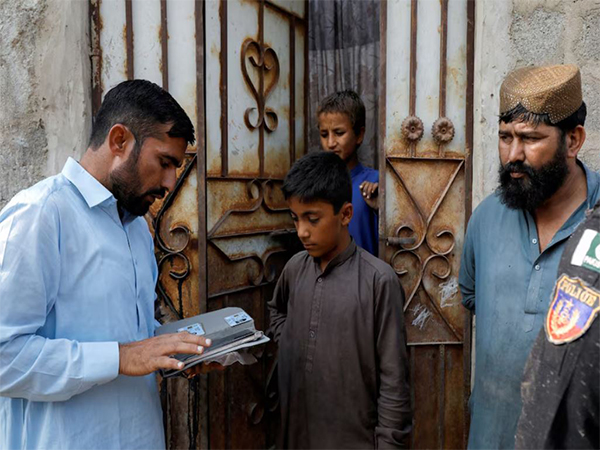Nepal polls: Voter turnout lower than expected as Himalayan nation awaits results
Nov 21, 2022

Kathmandu [Nepal], November 21 : Nepal has recorded a low voter turnout of 61 per cent for the elections to the House of Representatives and Provincial Assembly held on Sunday.
Hours after the formal closure of polls on Sunday, the Nepal Election Commission in its briefing said that the number of voters executing stood lower than expected.
On Monday, as the ballot continued to pour out of the boxes, the results yet again signalled mixed results in the Himalayan nation with new faces taking on the front.
"There has been a stiff rise in candidatures from independent candidates along with the political parties. We can derive various reasons behind it, the political parties who were elected in an earlier election (2017) held after the promulgation of the constitution did not work as per the expectation of the people. Revolting against it the independents have come forward when it comes to the votes cast, the turnout is lesser in comparison to the earlier general election," Niraj Raj Joshi, a Nepali journalist, and political commentator told ANI.
In Sunday's election, Nepali voters who turned out at polling stations stated that they voted in for change and development which only can be achieved through political stability.
First held in 2017 in three phases, the Federal and Provincial Election of Nepal witnessed 68.7 per cent voter turnover. The Communist Party of Nepal-Unified Marxist Leninist (CPN-UML) had secured nearly half the majority seats in the parliament.
Chairman of CPN-UML, KP Sharma Oli following victory became Prime Minister after the three-tier election but the government fell before Oli could complete his three years in power. The intra-party dispute led to the split of CPN-UML further leading the nation into a political crisis as Oli dissolved the parliament twice inviting a constitutional crisis.
The incumbent government under the Prime Ministership of Sher Bahadur Deuba (Nepal Congress) which works as a caretaker government was formed in support of the CPN-Maoist Center and CPN-Unified Socialist - the splinter party of CPN-UML.
On Sunday's election, the Nepali Congress, CPN-Maoist Center, CPN-Unified Socialist and Loktantrik Samajbadi forged an alliance while the opposition CPN-UML is contesting in few fronts with Rastriya Prajatantra Party and the Janata Samajbadi Party.
Soon after the counting of votes after Sunday's election, Nepal would begin the process of electing a new Prime Minister. As per the practice, the chairman of the party or leader of the parliamentary committee would form a government after garnering a 50 per cent majority in the parliament.
Political commentators state that the mathematical calculation of the Nepali parliament will soon change after the vote count is over which is expected to run on for weeks.
"As the voter turnout is low its impact would be known slowly with the announcement of the results. But it is evident that mathematical calculation which earlier existed in the parliament would change, all of these would be known after the formal vote count," Joshi claimed.
Sunday's election, which is the second twin election for federal and provincial parliament needed to be held every five years since the promulgation of the constitution in 2015 is expected to end the political deadlock in the Himalayan nation which it has longed for.
The Election Commission had set up 22,227 polling centers across the nation for its 18,879,570 eligible voters. There are a total of 2,412 candidates in the fray for first-past-the-post (FPTP) whereas 2,199 candidates from Proportionate Representation (PR) are vying to enter the 275-seat House of Representatives. A total of 165 members are elected from the FPTP system whereas 110 will make their way from PR system.
For the Provincial Assembly, there are 3,224 candidates from FPTP and 3,708 candidates from proportionate seats. There are a total of 550 seats in all the 7 provincial assemblies of the nation out of which members on 330 seats would be elected from FPTP and 220 through PR system.




















